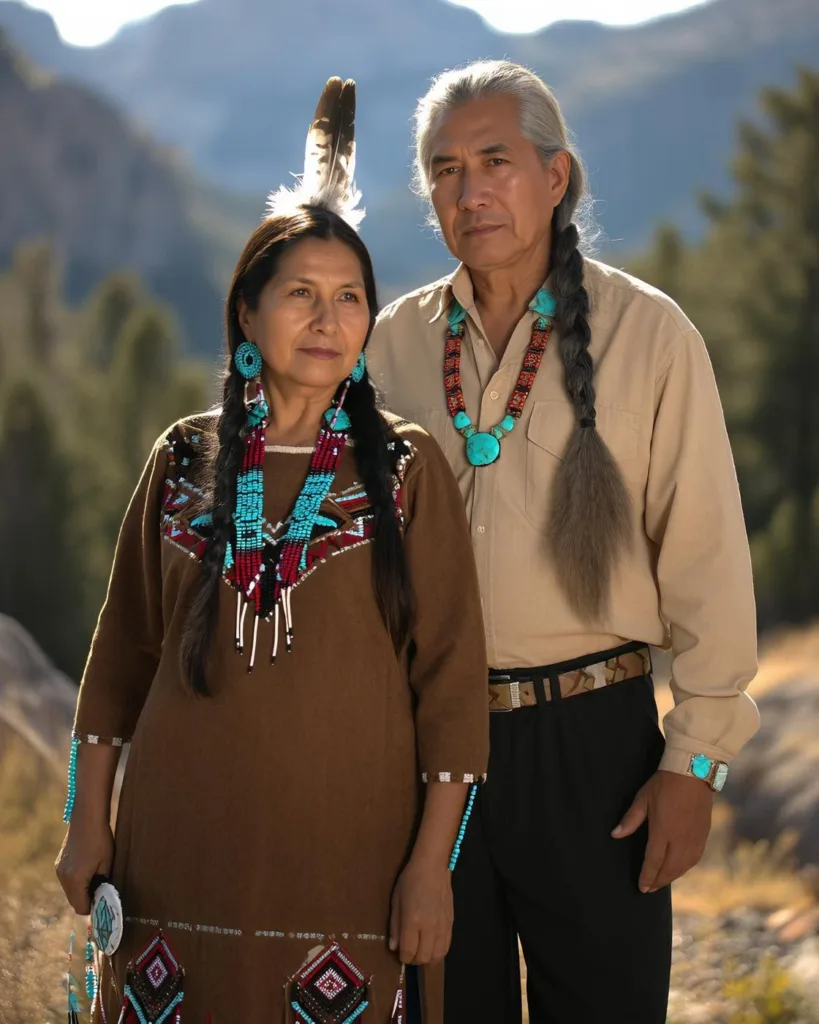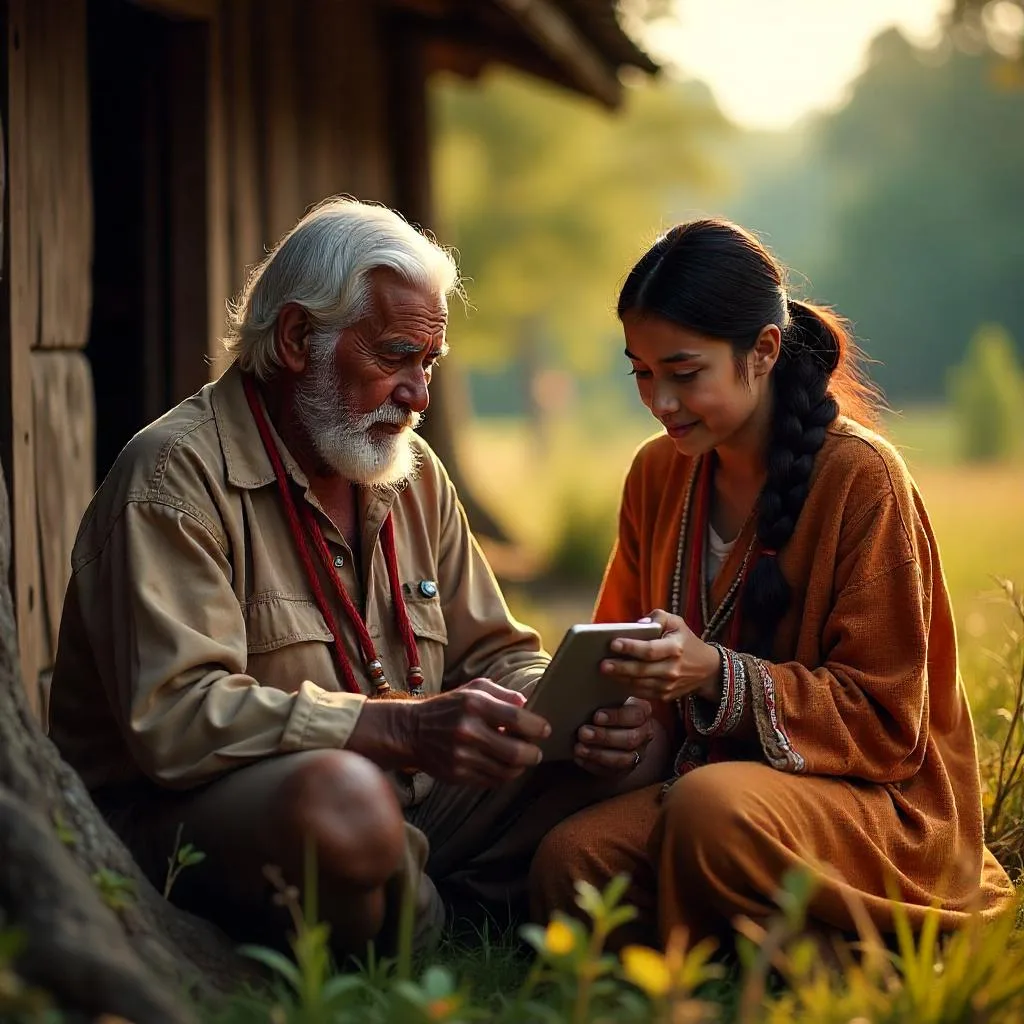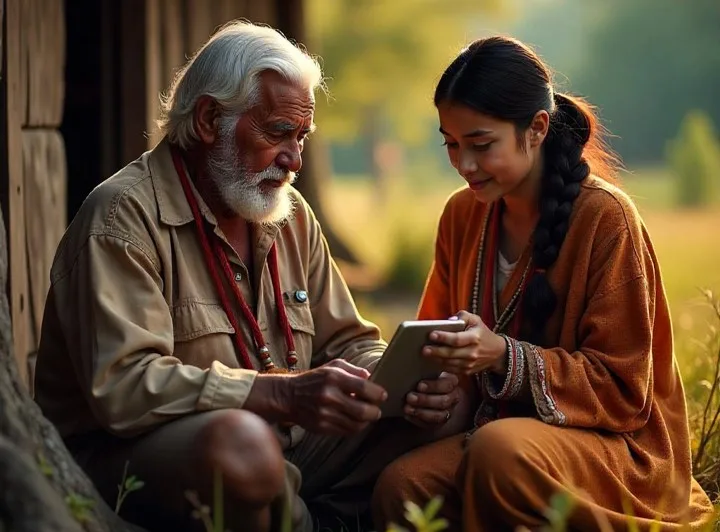For generations, tribal communities have preserved profound wisdom in physical, emotional, and spiritual wellness. However, many Indigenous families today—especially in rural or remote areas—face significant barriers to accessing quality healthcare. These include geographic isolation, limited infrastructure, and cultural misalignment with Western medical systems. Fortunately, digital health offers transformative potential to bridge these gaps, provided that it is implemented with cultural reverence and genuine community collaboration.
Why Digital Health Matters for Tribal Communities
Healthcare disparities in tribal communities remain a major concern. The Indian Health Service (IHS) reports that 60% of tribal clinics face staffing shortages, and many patients must travel long distances for basic care. To address this, healthcare leaders increasingly turn to digital tools such as telehealth, mobile health apps, and remote monitoring. These solutions can:
Connect remote reservations with medical specialists
Reduce travel-related stress for families
Support preventive care through culturally adapted education

Tradition Meets Technology: A Delicate Balance
Overcoming Practical Barriers
Still, technology alone doesn’t ensure success. Truly effective solutions must honor Indigenous traditions and perspectives. To achieve this balance:
Co-design solutions by collaborating with tribal elders and healers. Their involvement ensures that digital tools respect cultural practices
Develop culturally competent platforms using local languages, community imagery, and trusted Community Health Representatives (CHRs) as digital navigators.
Uphold data sovereignty by working directly with tribal leaders to protect sensitive health information under tribal governance .
Despite the benefits, implementing digital health in tribal areas presents three key challenges. Firstly, broadband limitations persist—only71% of tribal lands having adequate broadband access standards. To address this, hybrid models that combine offline apps with periodic synchronization can help. Secondly, trust remains vital. Tribal-led programs that center community voices are essential for gaining long-term engagement. Lastly, sustainability depends on investing in workforce development. Training CHRs and clinic staff to serve as local technology champion.
The Path Forward for Tribal Communities
Moving forward, institutions and policymakers must focus on three priorities. First, infrastructure investments must expand broadband and device access, always in coordination with tribal governments. Second, reimbursement models for telehealth services tailored to Indian Country must be developed to sustain telehealth programs long-term. Most importantly, all digital training must incorporate cultural humility. Only then can technology enhance—rather than displace—traditional healing practices.
When both worlds unite, digital health becomes more than a tool; it becomes an act of cultural respect. By putting tribal voices at the center, we honor ancestral knowledge while improving care access for future generations.
How can Esvyda help?
At Esvyda, we believe technology should never replace tradition, it must strengthen it. Our digital health platform partners with tribal clinics to co-create custom solutions like Remote Patient Monitoring (RPM) for chronic conditions, Chronic Care Management (CCM) tools for proactive care, and Operational Support (MSO) for sustainable program implementation. These aren’t one-size-fits-all tools; they’re community-designed bridges. Reducing hospital visits, supporting treatment adherence, and keeping families rooted in their land and traditions.
If you’re part of a tribal health center or support Indigenous communities, let’s explore how we can partner with you.

Download this artice
Digital Health for Tribal Communities TraditionTech
For generations, tribal communities have preserved profound wisdom in physical, emotional, and spiritual wellness. At Esvyda, we believe technology should never replace tradition, it must strengthen it.
Click Here

